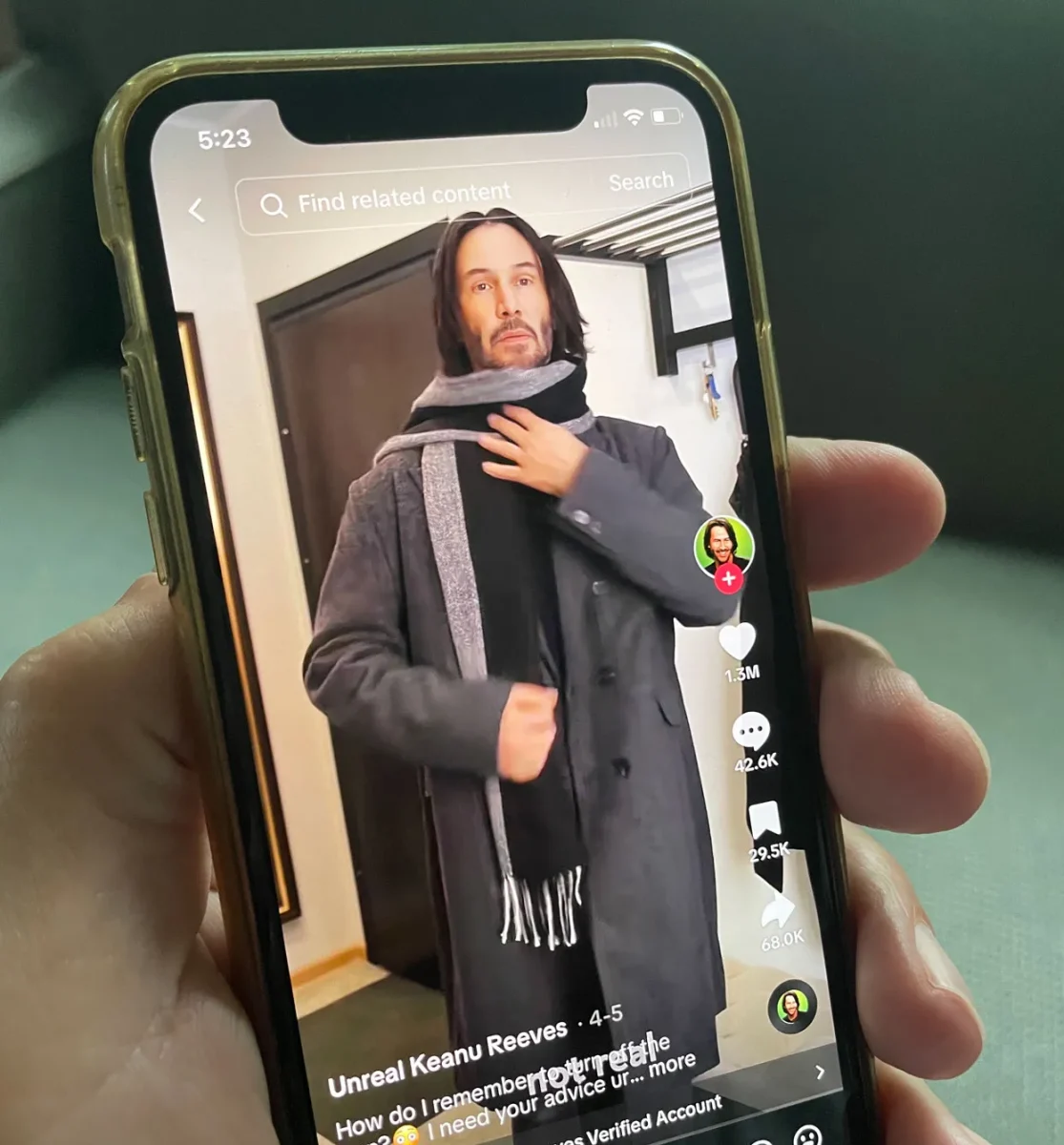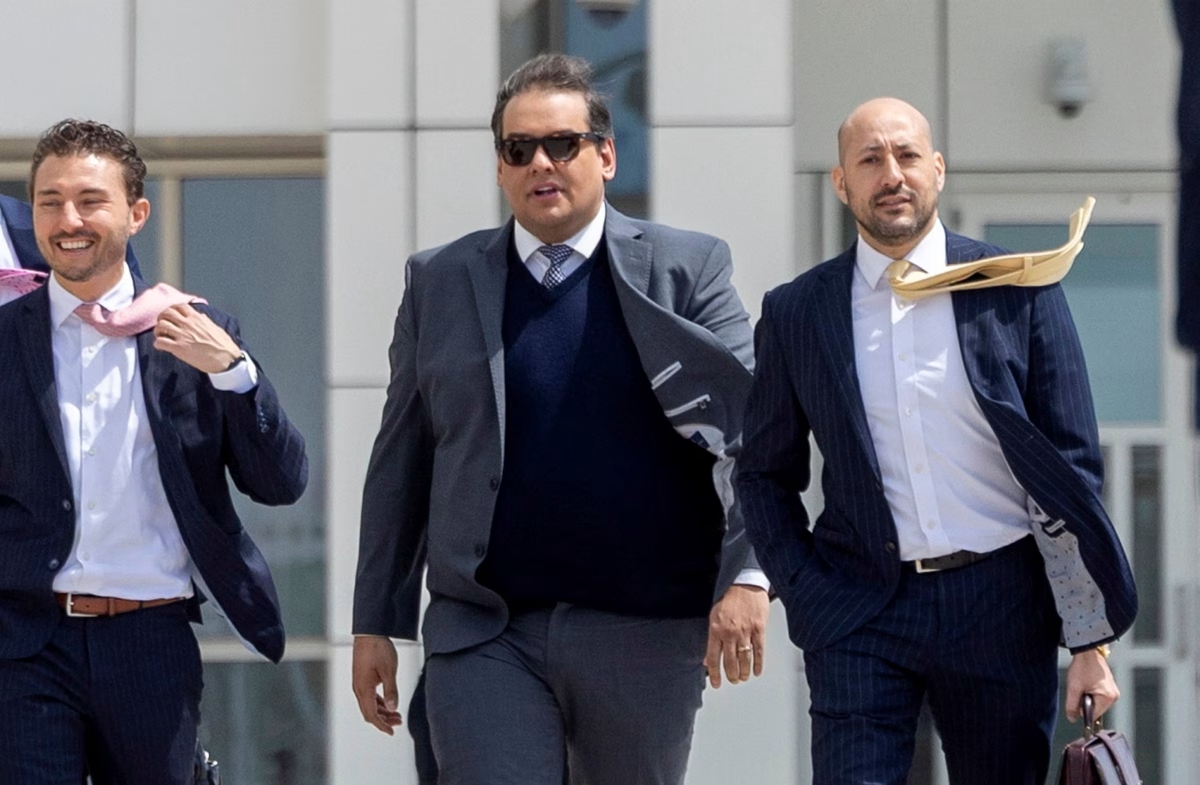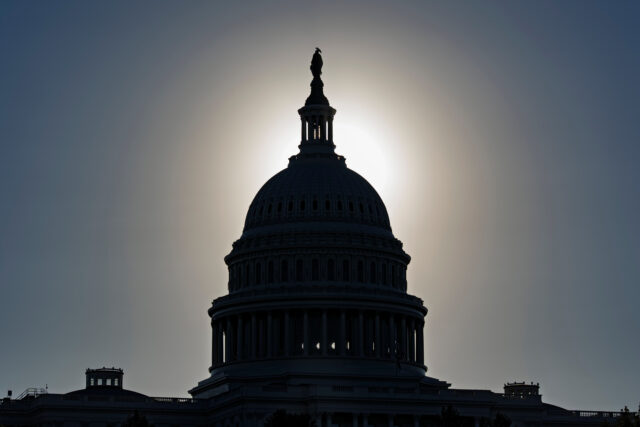Youtube implementing new rules to restrict certain content
To protect children privacy on the internet the platform much change their rules

Emanuele Colombo, Markus Magnusson
2015 Youtube rewind gif of social events and flashback to events.
December 17, 2019
With an update of the Children’s Online Privacy Protection Act, Youtube must change the way it filters content made for children, which will have a crucial impact on how content creators make and produce videos.
If these restrictions are put in place the way YouTubers are interpreting them, the platform could be running into a lot of problems very soon.
Starting Jan. 1, Youtube will implement a new system after a hefty fine from the Federal Trade Commission for violating COPPA, a law that protects children’s privacy on the internet.
Many YouTubers and viewers alike show concern regarding the new policy, especially creators who rely on advertisements to make money.
Under the new system, Youtubers will be required to label videos as either suitable or not suitable for children. This can happen in one of two ways; the channel owner can mark videos individually or just label their entire channel as for children or not for children.
If a video is marked for children, the video will not pop up in a user’s recommended feed, users will not be allowed to add the video to a playlist and the comments will be turned off for the video. If a channel owner says that their entire channel is for children, the same thing applies to every video. In addition to this, the creator will not be allowed to use Youtube’s community tab, which is key to interacting with viewers.
Any video not labeled for children will have none of these restrictions put on them, but any user that intentionally or unintentionally mislabels a video will be fined up to $42,000.
The issue regarding fines has caused a lot of anxiety across the platform, especially after the official statement released in regards to what does and does not count as suitable for children.
Some of the regulations make sense, like educational videos made to help young children learn basic skills, nursery rhymes or read-throughs of children’s books. Others, however, are more questionable.
One of the points in determining if a creator’s content is meant for children or not is the inclusion of cartoon characters, toys or video games targeted towards children. This is easily the biggest issue YouTubers have with these new regulations.
YouTube’s animation community has already been neglected by YouTube as a result of the algorithm hiding their videos and preventing them from getting on the trending page. Now, with these new rules, they are even more disappointed. Under COPPA, all of their content will be marked for children and they will not be able to interact with their viewers. This is especially true if these creators make fan content for certain pieces of media that are already animated.
Channels that revolve around video games, may it be let’s play channels, walkthrough channels or review channels, are also threatened by these new rules. If a Youtuber is playing or reviewing a game that is not rated teen or up, the content can be considered as targeted towards children, even if adults can enjoy the content as well.
There is still a chance that these rules will be modified slightly. The FTC has allowed public comments on its website in regard to the new regulations, as well as clarifications over any confusing details.
Even if these do not change, it is still unlikely that the platform will change nearly as much as users and creators are thinking it will. The most prominent issues in regards to fines and video marking are likely being thrown out of proportion for a few simple reasons.
The biggest concern comes in how this content will be fielded. In the past, YouTube has relied on an automatic bot system to flag videos that did not meet up with its community guidelines, as well as assess whether or not a video violates copyright laws. Fortunately, this system will not solely rely on bots. Instead, real human beings will be looking at these videos before deciding whether they are truly unfit for children.
However, there are about 300 hours of video uploaded to Youtube every day and people at the FTC cannot possibly watch and mark every single video. There simply are not enough workers and not enough hours in the day.
While Youtube and other platforms are going to look different after these new rules are implemented, the changes are not likely to be nearly as catastrophic as Youtubers are making it out to be.







